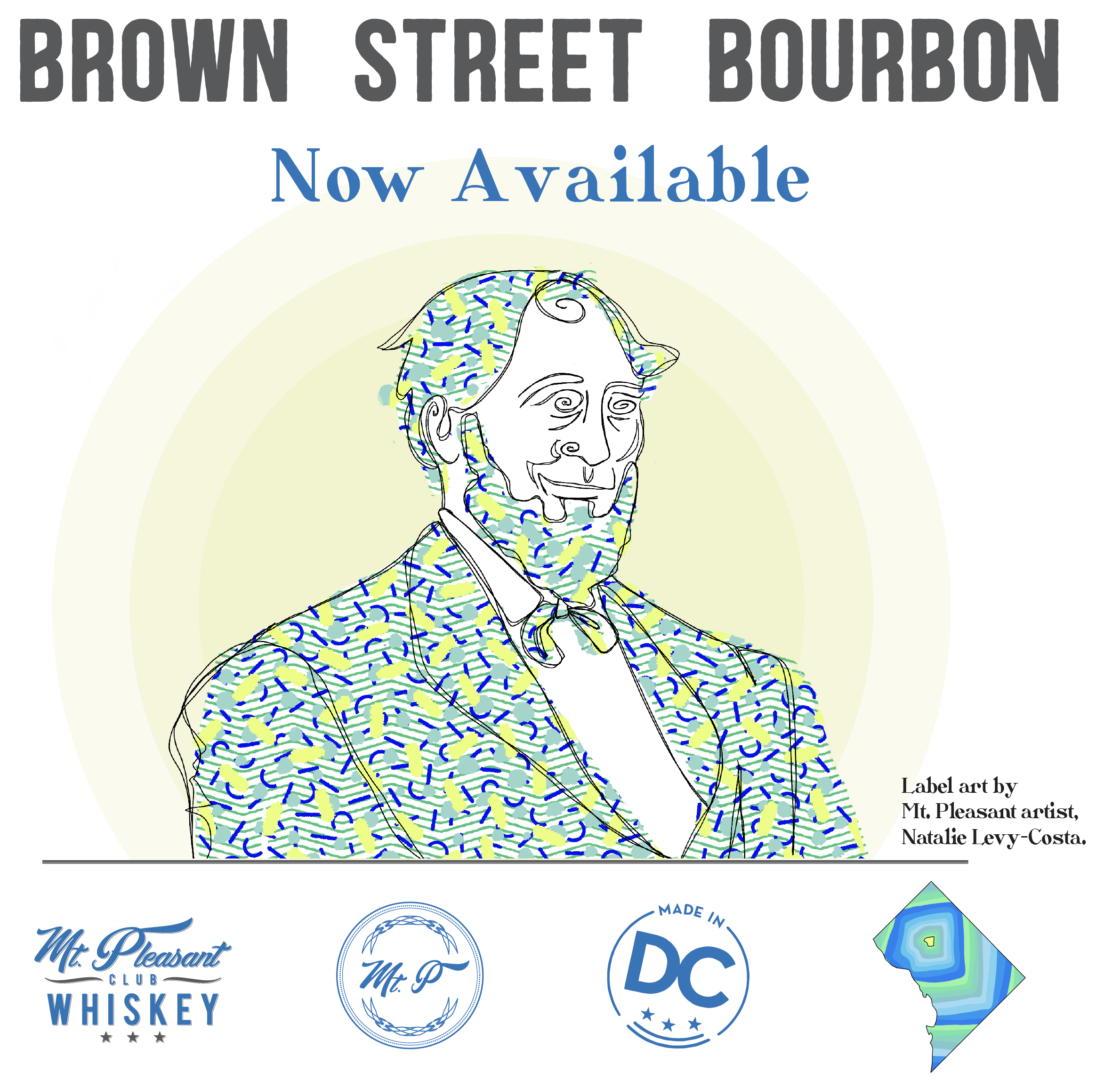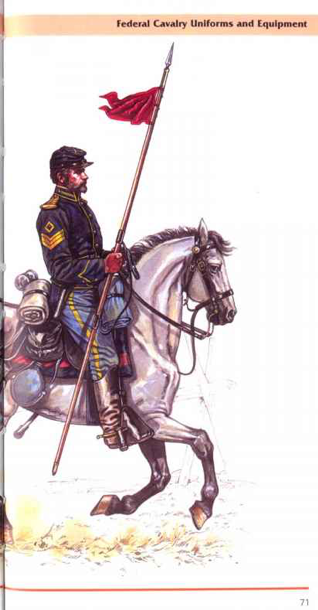Please note that this limited release Brown Street Bourbon whiskey is sold out.
Straight Bourbon Whiskey
Aged 5 Years 4 Months and Bottled at Cask Strength of 107 Proof
With a mash bill of yellow corn, hard red winter wheat, rye and malted barley, this unique bourbon celebrates the memory of Samuel Peters Brown. Mr. Brown gave us the eponymous Brown Street as a part of his 1866 subdivision of the tract of land he bought on the cheap from a Southern sympathizer who had to get out of DC during the Civil War. It is one of the few streets in the neighborhood that has never had its name changed.
As with all Mt. Pleasant Club Whiskey batches, Reboot Beverages will be donating a portion of this bottle sale back to the local community.
We’re honored that our Brown Street Bourbon was awarded a Gold Medal in the 2023 LA Spirits Awards. Cheers!
Purchase Online for Shipping to Select States
Brown Street Bourbon is a blend of bourbon from 3 similar mash bills, listed below:
Bourbon Mash 1
70.6% yellow corn
11.8% hard red winter wheat
5.8% un-malted rye
11.8% malted barley
Bourbon Mash 2
58.8% yellow corn
14.7 hard red winter wheat
8.8% un-malted rye
17.7 malted barley
Bourbon Mash 3
53% yellow corn
17.6% hard red winter wheat
17.6% un-malted rye
11.8% malted barley
Label Art by Mt. Pleasant Artist Natalie Levy-Costa
Natalie Levy-Costa is a Mt Pleasant fine artist and illustrator. She was born in Miami, to immigrant parents and grew up speaking 3 languages: English, Spanish, and Hebrew. Because language was always a fluid barrier in their home, she began using visuals to communicate from the moment she could pick up a crayon. Her love-affair with good whiskeys began when she became a bartender to support herself in college. She moved to Washington, DC in 2014, where she currently lives with her husband and 2 (sweet but ungrateful) dogs.
As both a history lover and a whiskey lover, designing the artwork for Brown Street Bourbon was a creative joy! She drew inspiration from the colors of Mt Pleasant, all of her vecinos, and teetotalers (Like Mr Brown). She plans to enjoy many whiskey sours and old fashioneds from her studio space.
You can see more of her work on instagram @natalielevycosta and on her website at www.natalielevycosta.com.
Brown Street History
As one of the few streets that has never had its name changed in the neighborhood, Brown Street is named after Samuel Peters Brown, known as the founder of Mt. Pleasant. In the “Annals of Mt. Pleasant” prepared for the Centennial Celebration of the Fourth of July, 1876, it was stated:
And while S.P. Brown, Esq., is not the oldest or first living resident within the present bounds of Mount Pleasant, he is the first resident of the village proper, and may be justly regarded as the pioneer and founder of the village.
Brown bought 73 acres north of Linnean Hill Road (now known as Park Road) in May 1862 from William Selden, a Virginia native, at a fire-sale price – it seems that Selden had to move south quickly given that he was backing the wrong team in the ongoing Civil War.
When Brown bought the land, it was occupied by Union forces, specifically the 6th Pennsylvania Cavalry Regiment – known as Rush’s Lancers for the use of 9-foot lances. (They were the only cavalry regiment in the War to be armed with lances). Apparently, a Union General had observed the success of European lancer regiments in the Crimea. Sadly, the use of lances was found to be awkward in the wooded battlefields of eastern America and were soon abandoned.
Selden had built a large house on what is now 3351 Mt. Pleasant Street (now the east corner of Newton & Mt. Pleasant), and during the War it was used as a hospital. Once the War was over and Brown moved in, he had the house expanded to 30 rooms. It was such a grand house that the The Evening Star newspaper ran an article with pictures about it when it was demolished and replaced by a modern structure on October 14, 1922. When he moved his family into the old Selden house after the renovation, he renamed it and the surrounding land “Mount Pleasant.” Probably due to the fact that, this area had been known as “Mt. Pleasant” when it was owned by Robert Peters prior to the Revolution. In an early map dated 1792 of the land that would become Washington DC, Mount Pleasant is named.
According to the Annals, after the war, “it occurred to Mr. Brown that he might do good service to the public and to himself by selling off a portion of his farm in lots suitable for suburban residences.” Thus in 1865, he laid out his first sub-division which contemplated lots located on just one street – Sheridan Avenue – now known as Monroe Street. Not many lots sold this time due to depressed real estate values. Not to be deterred, Brown subdivided more of his farm in 1866 to add Howard Avenue (later renamed Newton Street), Brown Street, Center Street, Meridian Avenue and Oak Street to the original plat, as shown on this 1886 map.
In due time, some government clerks hand banded together to purchase land to be used as homes. A September 27, 1879 letter about Mount Pleasant was published in the The Evening Star, which provided in part:
The villagers are mostly government employees, and are nearly all New England people. The residences are cottages, neatly built, with comfortably arranged rooms.
During the winter the villagers have continual round of festivities, which includes minstrel entertainments by an organization in the village known as the Tropical Exotics, ball, parties and soirees, entertainments by the temperance order.
The fact that there is no spirituous liquor sold in the village betokens a temperate, industrious, and thrifty little settlement, where there is little sickness, few deaths, quiet nights and pure atmosphere to breather unfreighted with the nauseous gases of the asphalt nuisances, which make life bitter for city people.
Brown was born in Blue Hill (Hancock County) Maine on December 9, 1816 and he was a teacher and a surveyor of timber lands who purchased large tracts in Florida and Maryland. He was a four-term member of the House of Representatives in Maine and ran an unsuccessful campaign for Congress in 1860. He came to Washington at the invitation of then Vice President Hannibal Hamlin and accepted a post as a Naval Agent, which he held during the Civil War. According to his February 21, 1898 obituary:
He devoted his time and means to the suffering sailors in the hospitals around Washington, and in this work spent thousands of dollars of his own besides, raising thousands of dollars more for the same cause.
In 1871, Brown was made a member of the board of public works in the District, and from 1860-70, he was judge of the Levy Court. He was twice married and was the father of fourteen children. A 1903 Map excerpt shows how the 1901 extension of 16th Street cut through the original Mt P.












